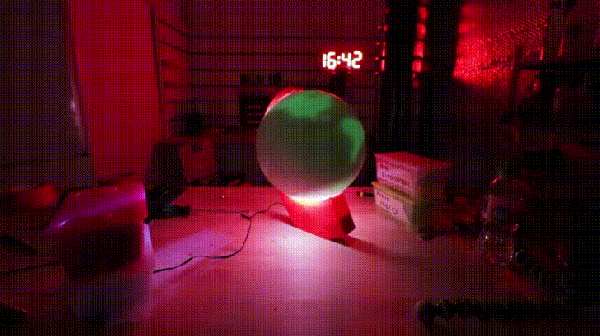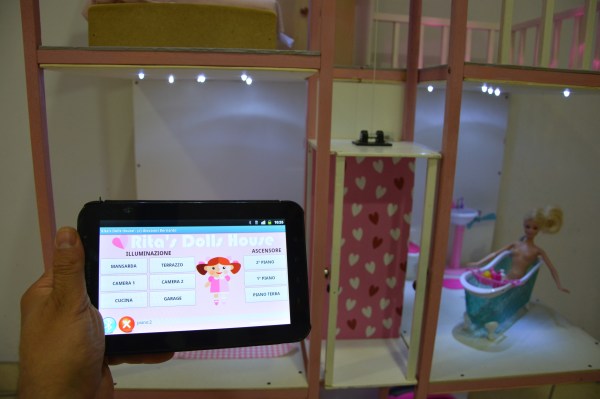Terrestrial globes are almost a thing of the past in an era of Google Earth, but they can still be an exciting object worth hacking together, as [Ivan Miranda] shows with his glow-in-the-dark globe. It’s a globe, it’s a display, and it’s a great use of glow in the dark filament.
For the mechanical part of this build, [Miranda] used glow in the dark filament to 3D print a sphere and a reinforcing ring that hides inside. A threaded rod through the middle secured with screws and bearings make an appropriate spindle, and is attached to a stepper motor in the 3D printed stand. So far, it’s a sphere made of glowey plastic. Where’s the ‘globe’ part coming from?
To project a globe onto this sphere, [Miranda] used a strip of WS2812B LEDs stuck to the inside of the stand’s arc are programmed to selectively illuminate the globe as it rotates on its axis. After a brief hiccup with getting the proper power supply, he was ready to test out his new….. giant light ball.
It turns out, the filament was a bit more transparent than he was expecting so he had to pull it all apart and cover the interior with aluminium tape. [Miranda] also took the chance to clean up the wiring, code, and upgrade to a Teensy 3.1 before another test.
Despite the resulting continental projection being upside-down, it worked! [Miranda] added a USB cable before he closed it up again in case he wanted to reprogram it and display any number of images down the line.
[Thanks for the tip, olivekrystal!]












